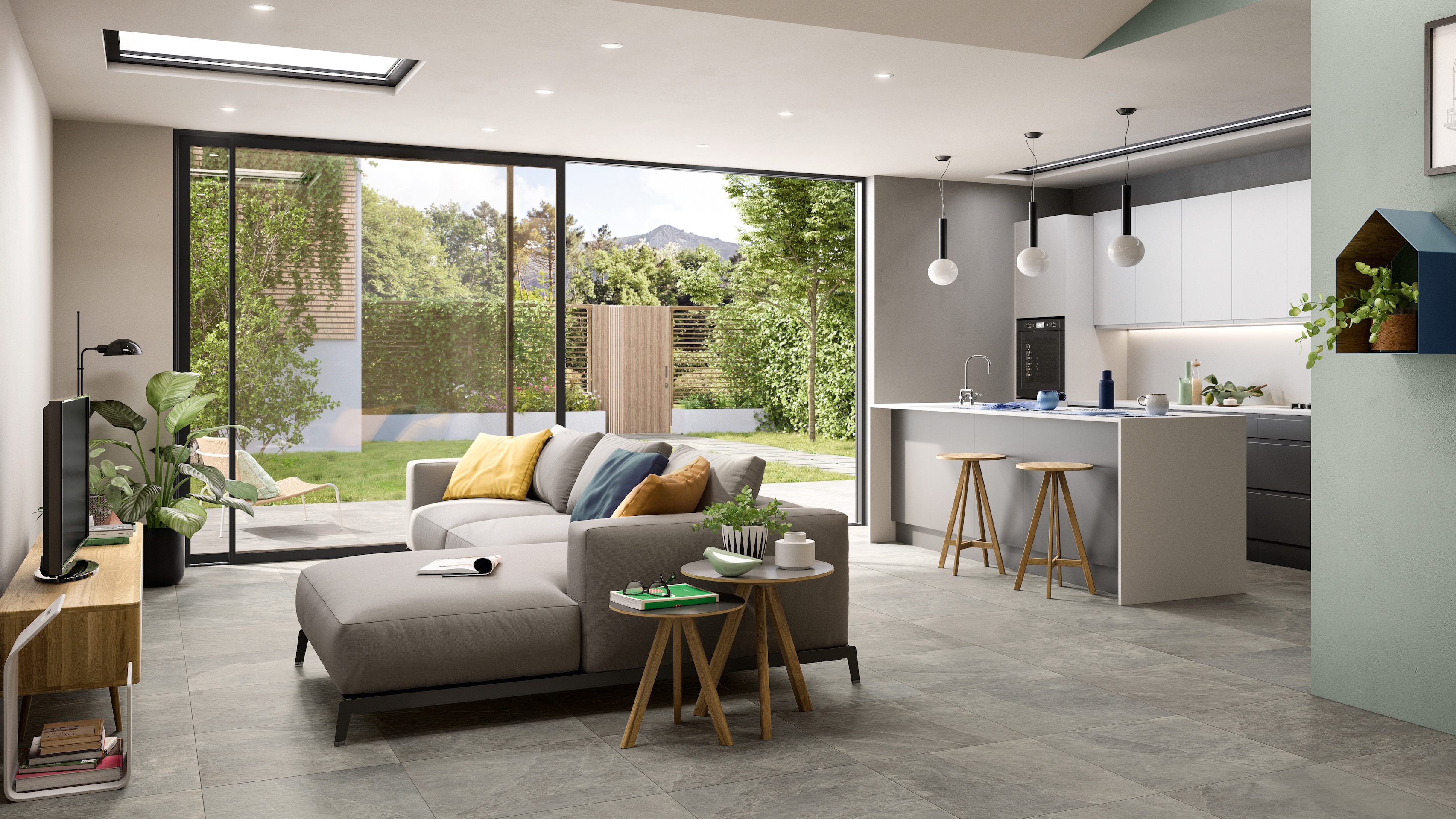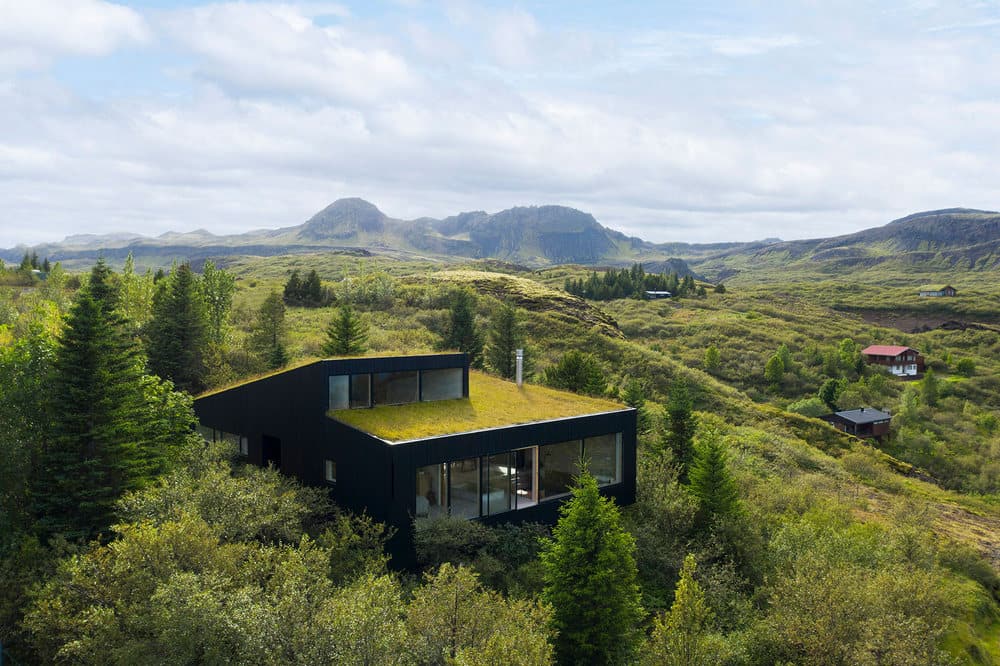Maximizing Living Space Top Tips for Planning Your House Extension
 When it comes to living space, most homeowners find themselves short on it sooner or later. When that happens, the first instinct is usually to look for a larger property, but that’s not always an option. Fortunately, there are other ways to get more space without having to relocate, and one of them is to extend the house. House extensions come in various forms, from single-story additions to multi-story expansions. Regardless of the type, the key to maximizing living space is to plan the extension carefully. Here are some top tips to help you with that.
When it comes to living space, most homeowners find themselves short on it sooner or later. When that happens, the first instinct is usually to look for a larger property, but that’s not always an option. Fortunately, there are other ways to get more space without having to relocate, and one of them is to extend the house. House extensions come in various forms, from single-story additions to multi-story expansions. Regardless of the type, the key to maximizing living space is to plan the extension carefully. Here are some top tips to help you with that.
Define Your Needs
Before you start making plans, you need to know why you want to extend your house extension. Is it to create a new room, add more bedrooms, or expand the living area? Do you want to have more space for storage or hobbies? Knowing your needs will help you decide what kind of extension is best for you.
Check Zoning Laws And Building Codes
Before you start designing your extension, you need to be aware of any zoning laws and building codes that apply in your area. This will help you avoid any legal issues, and ensure that your new space is safe, secure, and up to code.
Consider Your Budget
House extensions can be expensive, so it’s essential to consider your budget before you start planning. While you might want to add as much space as possible, you need to be realistic about what you can afford. Make sure to get cost estimates for materials, labor, and permits, so you can plan accordingly.
Work With A Professional
While some homeowners choose to undertake house extensions themselves, it’s often best to work with professionals. Architects, contractors, and builders have the knowledge and experience to design and build your extension safely and efficiently. They can also help you with permits and regulations.
Optimize Space
When designing your extension, consider how best to optimize the space you already have. For example, if you’re adding a new bathroom, consider using under-stair space or creating a walk-in closet adjacent to it. Using nooks and crannies effectively can add valuable space and make your extended home feel more spacious.
Utilize Natural Light
Natural light can make a significant difference in how big a space feels. Consider how to optimize natural light in your extension by adding windows, skylights, and glass doors. This can make a small room feel more spacious and help bring light into dark areas.
Blend In With The Existing House
When extending your house, it’s important to blend in with the existing house’s design. The extension should complement the house’s style, color, and architecture, rather than creating a completely separate look. This will help your home retain its overall aesthetic while adding extra living space.
In conclusion, a house extension can be a great way to maximize your living space without having to relocate. By defining your needs, checking zoning laws and building codes, working with a professional, optimizing space, utilizing natural light, and blending in with the existing house, you can create a functional and stylish new addition to your home.



